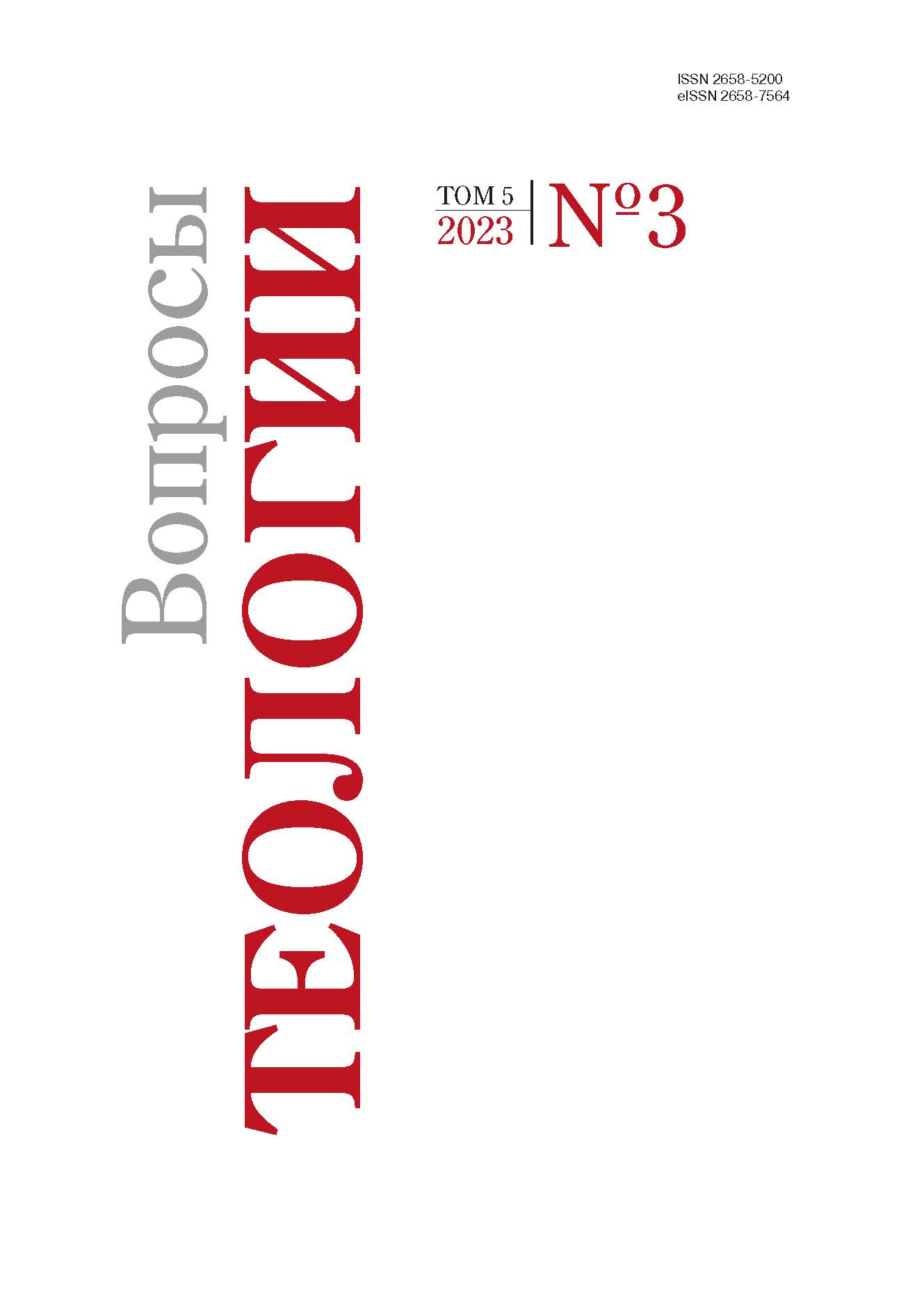Principle of parsimony in the theology of Isaac Newton and the Socinians
DOI:
https://doi.org/10.21638/spbu28.2023.301Abstract
This article gives a comparative analysis of the principle of parsimony in the theology of Sir Isaac Newton and Polish Brethren, or the Socinians. The author defines the significance of this principle for their approach to the problems in the fields. It includes scriptural hermeneutics, polemics against the doctrine of the Trinity, antimetaphysical theological framework, questions of settling the Christian community, limits of adiaphora, and conditions of salvation and tolerance. The author claims that, regardless of a few discrepancies, in the cases of both Newton and the Socinians two almost identical theological systems are based on the same doctrinal presupposition, i. e. the principle of parsimony. The author shows the similarity between Newton and the Socinians not only at the level of the content of thought but also at the level of the form in which they expressed their ideas. For example, the image of Pantocrator from the “General Scholium” almost verbatim reproduces the formulations of the Socinian John Crell. With this two-fold similarity given, and with the fact that Newton multiple times contacted Socinians, such as Samuel Crell, it is reasonable to conclude that Newton’s thought was, in many respects, shaped by Socinian theology.
Keywords:
Newton’s theology, socinianism, radical reformation, antitrinitarianism, scriptural hermeneutics, principle of parsimony, adiaphora, religious tolerance
Downloads
References
References
Downloads
Published
Issue
Section
License
Articles of "Issues of Theology" are open access distributed under the terms of the License Agreement with Saint Petersburg State University, which permits to the authors unrestricted distribution and self-archiving free of charge.




